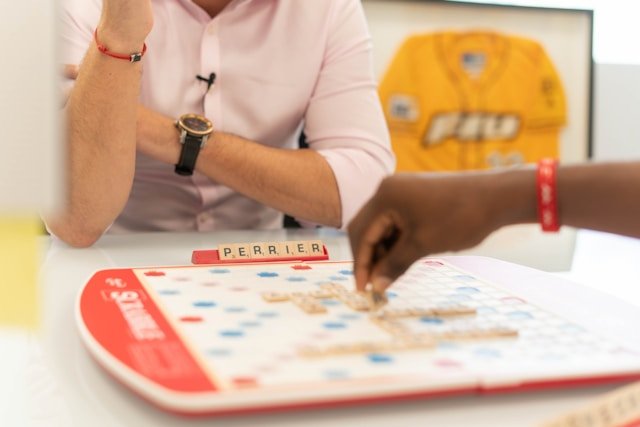The New York Times (NYT) Mini Crossword puzzles are a daily delight for enthusiasts seeking a quick mental workout. One particular clue that has caught the attention of many is “Totally wackadoodle.” This quirky and playful clue has been featured in the NYT Mini Crossword, sparking curiosity and discussions among solvers. This article explores the origins, significance, and fun behind the “Totally wackadoodle” clue, providing a comprehensive understanding of its place in the world of crossword puzzles.
The Significance of “Totally Wackadoodle” in NYT Crosswords
Origins of the Clue
The phrase “Totally wackadoodle” was featured in the NYT Mini Crossword on April 25, 2024. The clue’s answer, “INANE,” perfectly captures the essence of something that is nonsensical or silly, fitting well within the whimsical nature of crossword puzzles. The NYT Mini Crossword, introduced as a shorter version of the traditional NYT Crossword, often includes such playful and imaginative clues to engage solvers.
Crossword Puzzle Culture
Crossword puzzles, particularly those published by the New York Times, have a rich history of blending straightforward and whimsical clues. The “Totally wackadoodle” clue is a prime example of the playful language that crossword enthusiasts have come to love. These puzzles not only challenge the mind but also entertain, making them a staple in many people’s daily routines.
Why “Totally Wackadoodle” Stands Out
Memorable Language
The phrase “Totally wackadoodle” is memorable and fun, making it stand out among more conventional clues. Its informal and humorous tone adds a layer of enjoyment to the puzzle-solving experience. Clues like this one are designed to bring a smile to the solver’s face while challenging their vocabulary and reasoning skills.
Engagement and Community
Clues like “Totally wackadoodle” foster a sense of community among crossword solvers. Online forums and social media platforms buzz with discussions and shared excitement over particularly amusing or challenging clues. This communal aspect of solving crosswords adds to the overall enjoyment and appeal of the puzzles.
Solving the “Totally Wackadoodle” Clue
Approach and Techniques
When encountering a clue like “Totally wackadoodle,” solvers often use a combination of context and word association to find the answer. Understanding that the clue likely points to something nonsensical or absurd helps narrow down potential answers. The solution, “INANE,” fits this description perfectly.
Tips for Solvers
- Context Clues: Look at the surrounding clues and answers to gain context.
- Word Association: Think of synonyms or related words that match the clue’s description.
- Length and Letters: Use the length of the answer and any known letters from intersecting words to guide your guess.
The Fun of Crossword Puzzles
Cognitive Benefits
Crossword puzzles are more than just a pastime; they offer significant cognitive benefits. Regularly solving puzzles can improve vocabulary, enhance problem-solving skills, and boost memory. The playful nature of clues like “Totally wackadoodle” adds an element of fun that keeps solvers coming back for more.
Daily Ritual
For many, the NYT Mini Crossword is a cherished part of their daily routine. It provides a brief, engaging mental break that can be enjoyed with a morning coffee or during a commute. The blend of challenge and entertainment makes it an ideal activity for a quick brain boost.
Conclusion
“Totally wackadoodle” is a delightful example of the creativity and fun that the New York Times Mini Crossword brings to solvers every day. This whimsical clue, with its playful language and straightforward answer, embodies the spirit of crossword puzzles and their ability to entertain and challenge simultaneously. Whether you are a seasoned solver or a newcomer to the world of crosswords, encountering clues like “Totally wackadoodle” is sure to add a touch of joy to your puzzle-solving experience.


